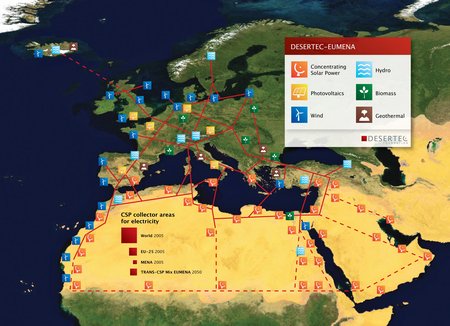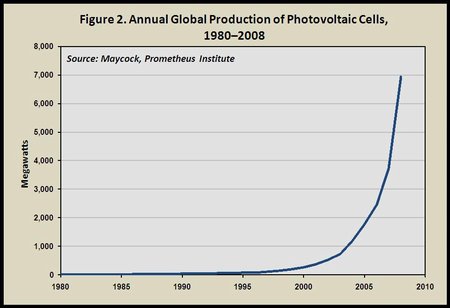I want to mark July 4th, Independence Day for Americans, by noting a few good renewable energy stories. There are scores of these stories, all over the world, every week, and I’m just sharing what I think are some of the plums that I’ve been seeing. Renewables are a theme I’ve visited here time and again and I don’t see any end in sight. Daniel Yergin, one of the world’s foremost energy economists, predicted a year and a half ago that we could have an investment of as much as $7 trillion made in clean energy by 2030.
I’ve also highlighted the many “externalities” of fossil fuel and nuclear power, including the air pollution, the toxic and radioactive liquid and solid waste, the massive capital and operating costs and the extraordinary inefficiency of conversion loss in conventional central power generation, as well as the health impacts, among others. I’ve touched on the “resource curse” too. So, what we’re saying is let’s all of us, in the developed and the developing world, be free of these many and diverse drags on our societies. It’s well past time. Here are a few more ways to get at our freedom and independence.
Britain Could Be Wind and Wave Titan is the headline from the excellent “NY Times” blog, Green Inc. The UK government-funded Carbon Trust says that “With carefully targeted subsidies and regulations, Britain could build 29 gigawatts of capacity compared to a global total of 66 gigawatts by 2020, giving it 45 percent of the offshore power market…” More numbers on this? $114 billion for the economy and almost 250,000 jobs from offshore wind and wave power.
We’ve looked at the exciting Desertec Concept a few times as well. This is an idea that is rapidly gaining traction that would be a supergrid of renewable energy sources linking the Middle East and North Africa with Europe. An article from Reuters the other day highlighted a new study from the Wuppertal Institute for Climate, Environment and Energy that says the project “…could create 240,000 German jobs and generate 2 trillion euros ($2,822 billion) worth of power by 2050.” There is huge potential in Desertec, including the ability to power massive desalinization plants to green the Sahara.

(courtesy of Desertec Foundation)
How’s China doing with renewables? Pretty smokin’ (pun intended) according to this from the “NYT” this past week. There are “…six immense wind power projects now being built around China, each with the capacity of more than 16 large coal-fired power plants.” China will have 30 gigawatts of windpower deployed by the end of 2010 – and that’s ten years ahead of their target date! What else is so good about this? The blistering pace at which China was building coal-fired plants is slowly down rapidly.
Solar Power Experiences Strongest Year of Growth Yet reports the venerable Worldwatch Institute. The article discusses both solar photovoltaic (PV) and thermal. There are very encouraging statistics here, including the fact that “Cumulative PV power installed worldwide jumped from 9,000 MW in 2007 to almost 15,000 MW in 2008.” Here’s a chart detailing the dramatic global rise in annual production of PV cells.

(courtesy of Worldwatch Institute)
For much more on the renewables “war for independence,” visit the REN21 website. You should also note the early, promising steps of the International Renewable Energy Agency (IRENA) which was born in Bonn in January. It was only last week that IRENA established its new home in Abu Dhabi and chose French diplomat Hélène Pelosse as its first director-general. The choice of Abu Dhabi is particularly interesting as it will be housed at Masdar City, the home of the exceedingly ambitious Masdar Initiative.
Big things are happening, from America to Arabia. Maybe it’s not too late, after all, to make peace with the planet and be free from the death grip of fossil fuels.